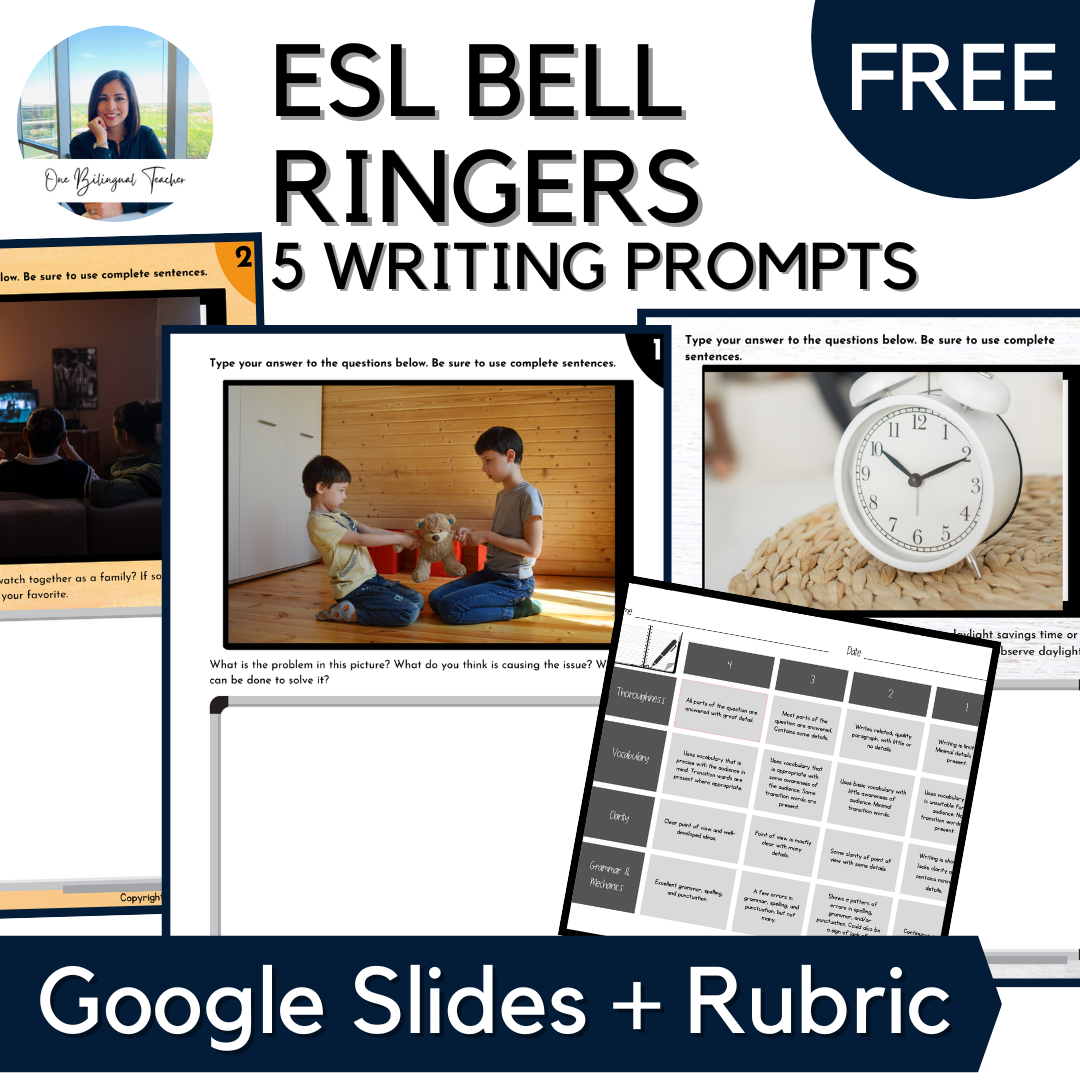Differentiating Instruction in the Reading/ELA Classroom
Differentiating instruction for ESL students in the reading and English Language Arts (ELA) classroom is a must. If you've ever had a classroom filled with students at various language proficiency levels, you know that the one-size-fits-all approach doesn't always cut it. In this blog post, you’ll explore how you can tailor your teaching to meet the unique needs of your EB students.
Understanding Differentiation
First things first, let's get on the same page about what differentiation means in our context. Differentiation, in essence, is about recognizing that each student is unique, with their own set of strengths and challenges. It's the practice of adjusting your teaching methods to cater to these differences, ensuring that every student has the opportunity to succeed.
But why is differentiation so important in an ESL classroom? Well, think about it. Our students come from various linguistic backgrounds, and their proficiency in English can vary significantly. Some may be just starting their English journey, others may be long-term English language learners, while others might be on their way to becoming fluent. To support this diverse group effectively, we need to adapt our teaching.
Assessing Student Needs
The first step in differentiation is understanding your students. We can't effectively differentiate instruction without knowing where each student stands in terms of language proficiency, reading skills, and learning styles. This is where assessment comes into play.
You can use a variety of assessment tools, such as pre-tests, observations, and informal discussions, to gather data about your students. This data will give you valuable insights into their strengths and areas that need improvement. Formative assessment, which happens throughout the learning process, is particularly useful in guiding your instruction as it happens.
Grouping Strategies
Now that you've gathered information about your students, it's time to think about how you'll group them. Here are a few ways you can group your students:
Whole-Class Instruction: This is your standard class-wide approach. You'll use this for concepts or skills that are foundational and should be learned by all students.
Small Groups: Create smaller groups based on common needs or abilities. It can be based on skills or language, depending on what you’re focusing on at the time. This allows you to target specific skills or provide additional support where needed.
Pairs: Pairing up students can be a great way for them to learn from each other. Pair stronger students with those who need extra help to encourage peer support. One way to do this is to rank your students from lowest to highest proficiency (or reading level). Then draw a line across the middle of the list and pair the first student with the low middle. Then the second student with the second low middle and so on and so forth. This ensures that low students are not paired with high students, thus nobody gets frustrated.
Individual Work: Sometimes, certain students might benefit from working independently. This gives them the opportunity to focus on their specific needs.
Content Differentiation
Once you've determined your groups, it's time to think about differentiating the content. This means adjusting what you teach and how you teach it to meet your students where they are.
For instance, if you have students at different reading levels, select texts that are appropriate for each group. This might mean using different books or even modifying texts to make them more accessible.
Additionally, consider the language complexity of the content. Use simpler language for students who are just starting out and gradually introduce more complex vocabulary and sentence structures as students progress.
If differentiating the level of the text is impossible, use pre-reading strategies to help with comprehension.
Process Differentiation
Now that you have your content sorted, let's talk about how you deliver it. Differentiated instruction also involves varying the instructional processes to cater to different learning styles and paces.
Here are some strategies to consider:
Scaffolding: This involves breaking down a complex task into smaller, manageable steps. Provide more guidance and support initially, and gradually reduce it as students become more independent. You can use these scaffolded writing activities.
Graphic Organizers: Visual aids like mind maps, charts, and diagrams can be especially helpful for ESL students. They help students organize information and make connections.
Think-Pair-Share: This cooperative learning strategy encourages students to think about a question or topic, discuss it with a partner, and then share their thoughts with the class. It fosters language development and critical thinking.
In a Nutshell
In a nutshell, differentiating instruction in the ESL reading/ELA classroom is all about recognizing and embracing the uniqueness of each student. By assessing their needs, grouping strategically, and adapting content and processes, you can create an effective learning environment for all.
Need writing prompts that can be easily differentiated for the different levels of your class? Try these:




